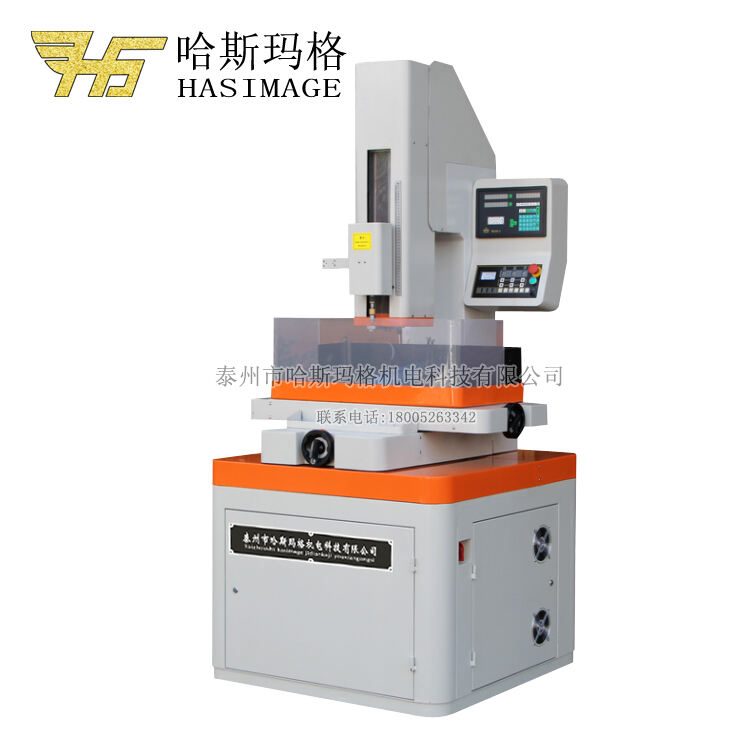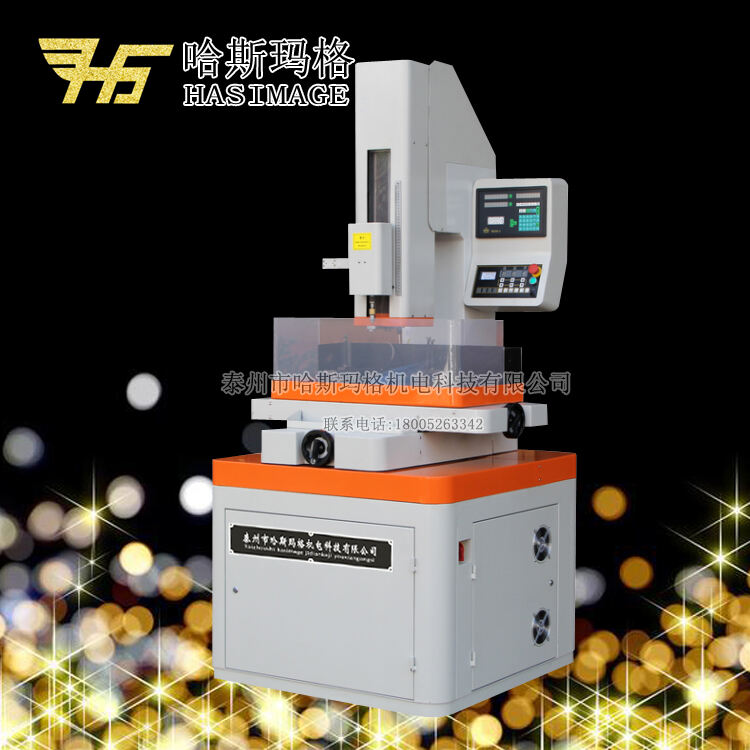Understanding the Power and Precision of EDM Drilling Technology
EDM drilling represents one of the most sophisticated machining processes in modern manufacturing. This highly specialized technique uses electrical discharges to create precise holes and features in electrically conductive materials. As industries continue to demand greater precision and capability in manufacturing, EDM drilling has emerged as an indispensable technology that combines accuracy with versatility.
The process works by generating controlled electrical sparks between an electrode and the workpiece, effectively eroding the material to create precise holes. Unlike conventional drilling methods, EDM drilling can achieve exceptional accuracy and tackle materials that would be challenging or impossible to machine through traditional means.
Industrial Manufacturing Applications
Aerospace Component Manufacturing
The aerospace industry relies heavily on EDM drilling for creating cooling holes in turbine blades and engine components. These microscopic holes allow air to flow through the parts, preventing overheating during operation. The precision of EDM drilling ensures these holes maintain consistent diameter and spacing, crucial for optimal engine performance.
Modern aircraft engines contain thousands of cooling holes, each requiring exact positioning and dimensions. EDM drilling delivers the necessary accuracy while handling the heat-resistant superalloys commonly used in aerospace applications. This capability has made it an irreplaceable process in aircraft component manufacturing.
Medical Device Production
In medical device manufacturing, EDM drilling plays a vital role in creating precise components for surgical instruments and implants. The technology's ability to produce clean, burr-free holes in sensitive materials makes it ideal for manufacturing devices that must meet strict medical standards.
From surgical needles to orthopedic implants, EDM drilling ensures the highest level of precision and surface finish. The process can create micro-holes in titanium implants for better tissue integration or complex patterns in surgical tools for improved functionality.
Specialized Manufacturing Sectors
Automotive Industry Applications
EDM drilling has become increasingly important in automotive manufacturing, particularly in producing fuel injection components. The technology creates precise orifices in fuel injector nozzles, controlling fuel spray patterns for optimal engine performance and reduced emissions.
Beyond fuel systems, EDM drilling is used in manufacturing various engine components, transmission parts, and safety systems. The process's ability to create accurate, repeatable holes in hardened materials has made it essential for meeting modern automotive quality standards.
Electronics and Semiconductor Production
The electronics industry utilizes EDM drilling for creating micro-holes in circuit boards and semiconductor components. These applications require extremely precise hole patterns and clean surface finishes, which EDM drilling consistently delivers.
In semiconductor manufacturing, the technology helps create cooling channels and mounting features in heat sinks and other thermal management components. The process's precision ensures optimal thermal performance in electronic devices.

Advanced Manufacturing Solutions
Mold and Die Making
EDM drilling is extensively used in the production of molds and dies, particularly for creating cooling channels and ejector pin holes. These features are crucial for maintaining proper temperature control during injection molding and ensuring efficient part ejection.
The technology's ability to create deep, straight holes in hardened steel makes it invaluable for tool and die manufacturers. Complex cooling channel designs that would be impossible with conventional drilling can be easily achieved through EDM drilling.
Energy Sector Applications
In power generation equipment, EDM drilling creates precise holes in turbine components and heat exchangers. The process's capability to work with hard materials and create complex hole patterns makes it essential for manufacturing efficient energy production equipment.
From nuclear power plant components to renewable energy systems, EDM drilling ensures critical parts meet strict specifications for safety and performance. The technology's reliability and precision contribute to the longevity and efficiency of power generation equipment.
Future Trends and Innovations
Automation and Smart Manufacturing
The integration of EDM drilling with automated systems and smart manufacturing technologies is revolutionizing production processes. Advanced control systems and robotics enable continuous operation with minimal human intervention, increasing productivity and consistency.
Machine learning algorithms are being developed to optimize EDM drilling parameters in real-time, reducing cycle times and improving hole quality. These innovations are making the technology more accessible and efficient for manufacturers of all sizes.
Sustainable Manufacturing Practices
Modern EDM drilling systems are becoming more energy-efficient and environmentally friendly. Manufacturers are developing new dielectric fluids that are more sustainable and safer for operators, while maintaining or improving process performance.
The technology's ability to create precise features with minimal material waste aligns with growing industry focus on sustainable manufacturing practices. This efficiency makes EDM drilling an increasingly attractive option for environmentally conscious manufacturers.
Frequently Asked Questions
What materials can be processed using EDM drilling?
EDM drilling can process any electrically conductive material, including hardened steel, titanium, carbide, copper alloys, and exotic metals. The material's hardness does not affect the process's effectiveness, making it ideal for working with heat-treated and super-hard materials.
What is the typical hole size range for EDM drilling?
EDM drilling typically produces holes ranging from 0.1mm to 6.0mm in diameter, though some specialized applications can achieve even smaller dimensions. The depth-to-diameter ratio can exceed 100:1, allowing for extremely deep holes relative to their diameter.
How does EDM drilling compare to conventional drilling methods?
EDM drilling offers several advantages over conventional drilling, including the ability to create deeper holes with higher aspect ratios, work with harder materials, and achieve better surface finishes. However, it generally operates at slower material removal rates and has higher operating costs compared to traditional drilling methods.




